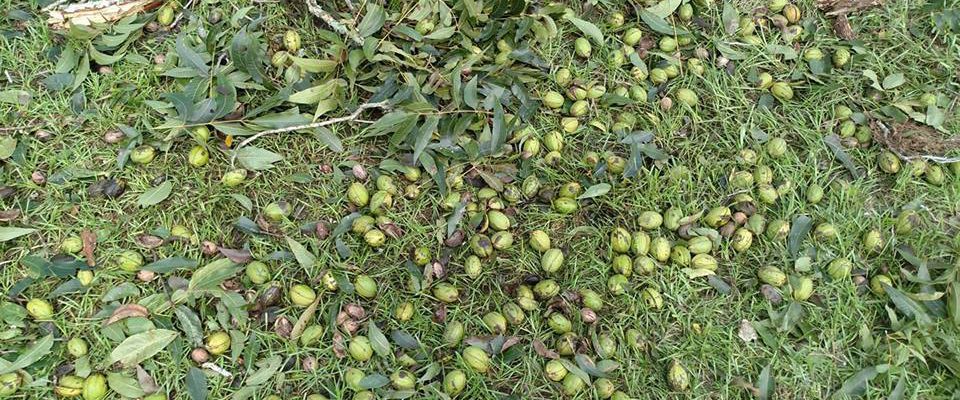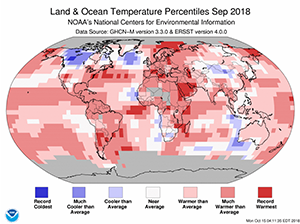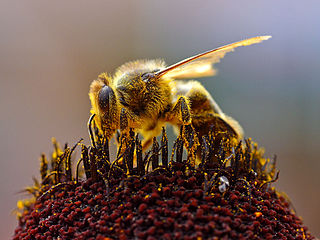-

This week’s question from the Georgia Climate Project’s Roadmap has to deal with how coastal managers will have to make choices about coastal management. They will have to determine how to deal with the effects of climate change such as rising sea levels and increases in hurricane strength (although not necessarily frequency), changes in salinity…
-

The UGA blog on Food, Agriculture and Resource Economics (FARE) posted an article on the estimated losses from Hurricane Michael yesterday. In brief, they found that “Our preliminary estimate shows that the current crop loss is $100 million and the tree loss is $260 million while the loss of future income is $200 million. Summing…
-

The latest 7-day QPF forecast shows that while we can expect a little bit of rain today as a cold front moves through the region, after that it should be mostly dry. Rain chances will return on Thursday or Friday when up to an inch is possible in southern Alabama and Georgia and into Florida…
Posted in: Climate outlooks -

NOAA’s latest global climate summary came out earlier this week. It shows that for the earth as a whole, the temperature was the 4th warmest since records began in 1880. The year-to-date temperature is also the 4th warmest. You can read more at https://www.noaa.gov/news/september-2018-and-year-to-date-were-4th-hottest-on-record-for-globe.
Posted in: Climate summaries -

This is a reminder that there is just one week left to sign up for the workshop on “Building Agricultural Resilience to Hurricanes: Before, During, and After”. It will be held on November 15 in Gainesville, Florida. You can see the agenda, get housing information, and register here by October 26. Certainly a timely topic…
-

Here is an interesting story from the Tallahassee Democrat on the work that beekeepers are doing to save their hives following the destruction of Hurricane Michael. Many of the colonies were destroyed and others have no home and no food sources. The story includes information on how you can help with recovery efforts. Read it…
-

The outlook for November 2018 and for November through January 2019 was released today by NOAA’s Climate Prediction Center. It shows that November is leaning towards warmer than normal temperatures across the US and wetter than normal conditions in the Southeast. For the months of November 2018 through January 2019, a weak El Niño is…
Posted in: Climate outlooks